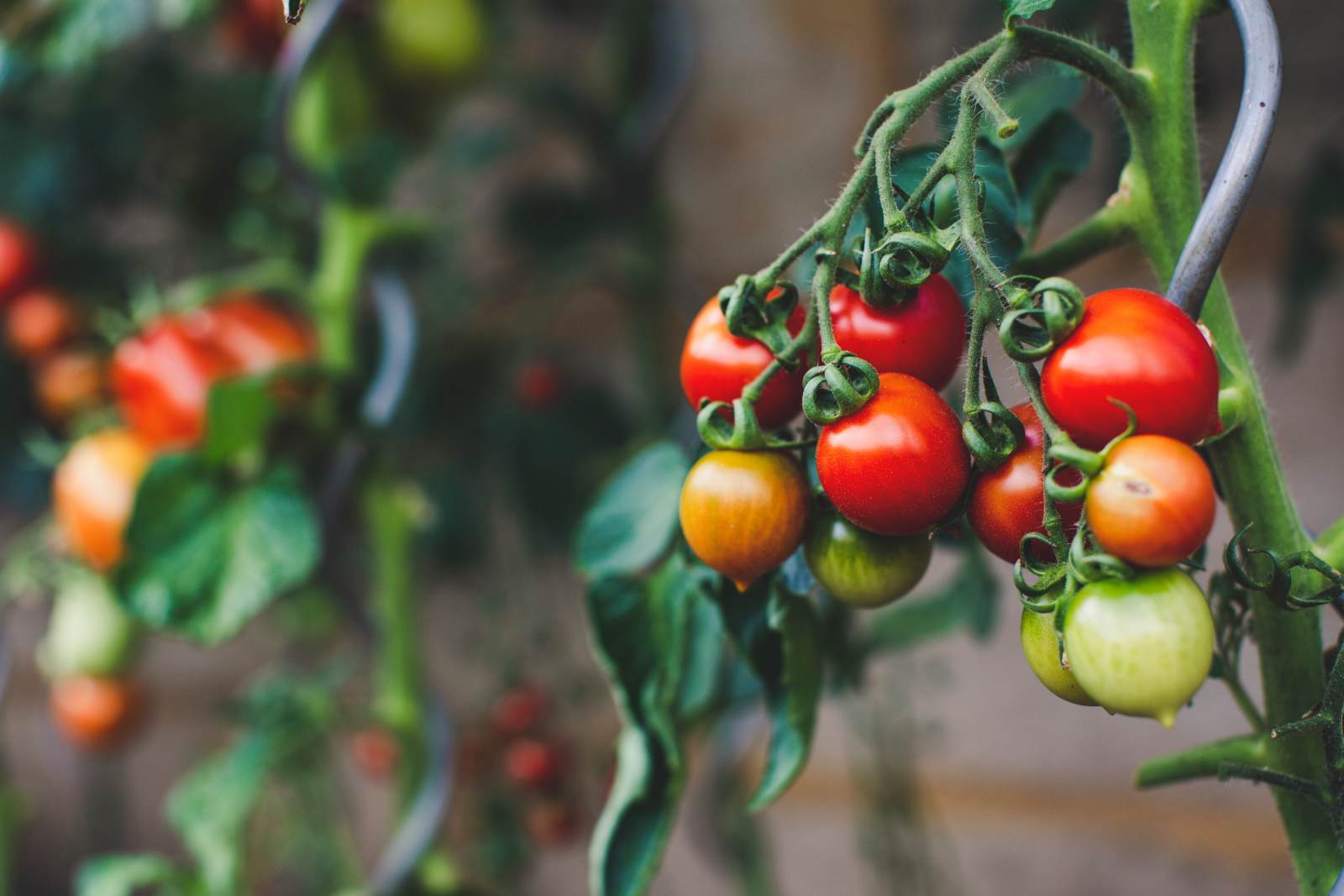

In sub-Saharan Africa, a daunting challenge threatens the lives of millions: malnutrition and hunger. The dire need for solutions to combat food insecurity in the region has led to a growing exploration of genetically modified organisms (GMOs) and their potential benefits and drawbacks. Recently, the Kenyan government made a significant move by lifting the decade-long ban on the cultivation and importation of GMOs (Langat, 2022). This decision was driven by a severe drought that ravaged the East African region, leaving millions of people hungry and desperate (Resian, 2023).
The question on everyone’s minds is whether GMOs hold the key to food security in Sub-Saharan Africa. To shed light on this crucial issue, the Sankalp Africa Summit 2023 hosted a panel of experts who engaged in an evidence-based discussion. Among them were Ritika Sood from Sprout, Emmanuel Atamba from APSID Consulting Company Ltd, Prof. Douglas Miano from The University of Nairobi, and Dr. Roy Mugiira from the National Biosafety Authority. Their insights provided valuable perspectives in this context.
The reintroduction of GMOs into Kenya’s food basket appears to be a tangible approach by the government to provide sustainable solutions. However, it has raised concerns among the public, including consumers, food producers, and the private sector. GM technology traces its origins back to the 1980s with the groundbreaking discovery of grafting, which allowed the transfer of genetic materials between organisms. While success stories like Golden Rice, virus-resistant papaya, and BT Cotton exist, sceptics rightly emphasize the need to assess the benefits and risks associated with each GM food.
The safety and value of genetically modified organisms (GMOs) have been subject of intense debate in recent years. Some experts argue that GMOs should be viewed as technology rather than an absolute science. Unlike scientific principles that remain constant and unchanging, GMO technology can be modified and potentially yield unforeseen consequences. Therefore, it becomes crucial to thoroughly evaluate the safety and value of GMOs before embracing widespread adoption. Unfortunately, the active consumption of GMOs has only spanned around 30 years (SCENIHR, 2010), leaving us with limited time to confirm their long-term effects on the environment and human health. This highlights the pressing need for further research and evaluation.
In a country like Kenya, where the GMO issue has become politicized, regulations play a critical role in ensuring the safety and sustainability of GMOs. Dr. Roy Mugiira, the Chief Executive Officer of the National Biosafety Authority in Kenya, emphasized that the international community came together to negotiate a protocol for product safety. This protocol, anchored under the Convention on Biological Diversity (CBD), outlines regulatory frameworks to ensure the safe and sustainable use of genetic resources. Each member state under the CBD is required to develop its regulatory framework.
To meet these international standards, Kenya enacted the Biosafety Act, establishing the National Biosafety Authority (NBA) as the regulatory body responsible for assessing the safety of GMO technology concerning human health, animal health, and the environment. Furthermore, the Nagoya Protocol provides a framework for researchers to access genetic resources for biotechnology research and development while preserving biological diversity, ensuring sustainable use, and promoting fair and equitable sharing of benefits.
One example shared by the regulator is the development of GM foods like Golden Rice and BT Cotton. Golden Rice was genetically engineered to produce beta-carotene, a precursor to vitamin A, addressing a deficiency found in traditional rice varieties. On the other hand, BT Cotton produces a bacterial toxin that protects the plant from certain insects, reducing the need for harmful pesticides and benefiting the environment. In fact, India’s adoption of BT Cotton propelled the country to become the highest producer of cotton worldwide, surpassing even long-established players.
Like any other technology, GMOs come with both benefits and risks. Regulations must ensure that GMOs are used for their intended purposes while mitigating potential risks. Responsibly harnessed, GMO technology can serve as an additional tool to address pressing challenges such as climate change, declining yields, and post-harvest losses. However, it is crucial not to overlook the agro-ecological factors that affect food security on the continent. It is imperative to carefully weigh the benefits and risks before embracing GMO technology.
Ultimately, the answer to whether GMOs are the solution to food security in Sub-Saharan Africa lies in the hands of various stakeholders. Scientists have a pivotal role in simplifying the information surrounding the technology, ensuring that it is accessible to all. Regulators must conduct public sensitization campaigns to promote awareness of safety, sustainability, and compliance. The media should be engaged to pass correct information especially on GM Foods viability, safety, replication and side-effects, if any, through the guidance of experts in the country. Additionally, both proponents and opponents of GMOs must explore coexistence and conduct thorough evaluations of the technology’s benefits and risks. By fostering collaboration among all stakeholders, GMO technology can be responsibly used as an additional tool to address the complex challenges of food security in the region.
In the quest to unlock food security, we must approach the GMO debate with open minds, informed decisions, and a shared commitment to the well-being of the people of Sub-Saharan Africa. Together, we can shape a future where hunger and malnutrition are relics of the past, and every individual has access to the sustenance they need to thrive.
By
Justin Miatu,
Rahmat Eyinfunjowo,
Dennis Kigen
& Stella Kimani




